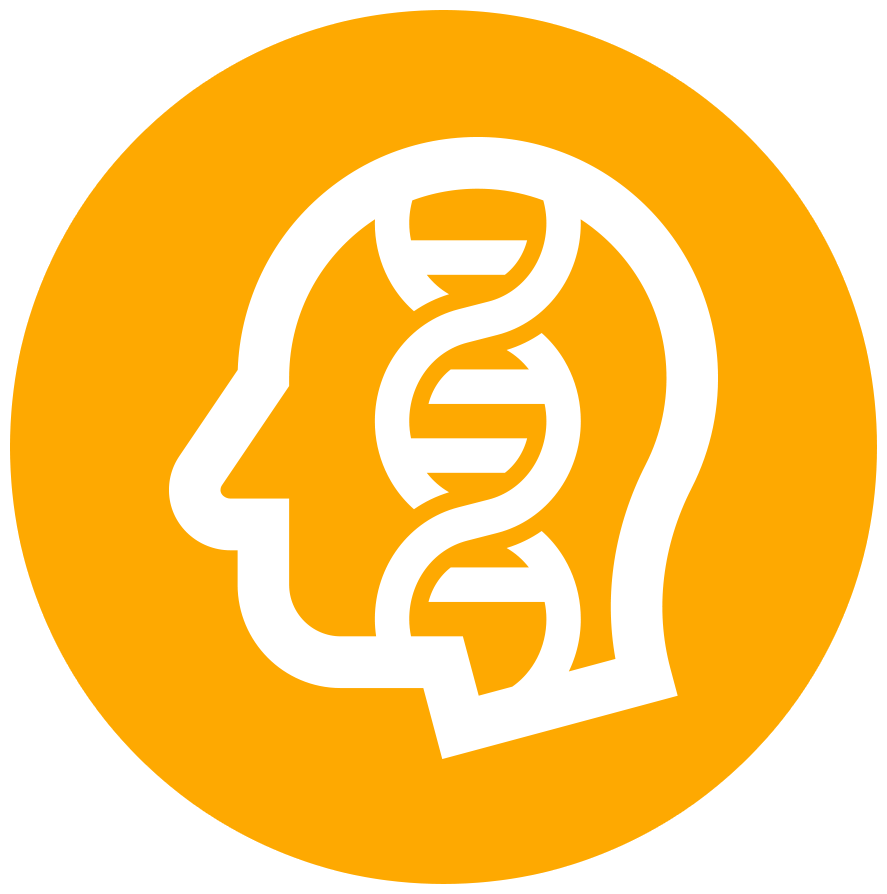DMIT (DERMATOGLYPHICS MULTIPLE INTELLIGENCE TEST) EXPLORE YOUR INBORN TALENTS
Dermatoglyphics refers to the branch of science in the study of the patterns of skin (dermal) ridges present on the fingers, toes, and the soles of humans. It reveals the congenital links between our fingers and our intrinsic qualities and talents. These patterns are formed from the external ectoderm and usually occur during the foetal development stage, The human's fingerprints form is thus formed from the 13th to 21st week.
Medical experts and scientists thus discovered that the amount of brain cells distributed in different parts of the brain helps us understand a person's multiple intelligences as well as his innate potential capabilities and personality through DMIT Test.
DMIT Test It’s also called Dermatoglyphics Multiple Intelligence Test is a biometric analysis based on the scientific study of fingerprints. DMIT Test is useful for all age groups, it is particularly beneficial for parents and teachers to understand a child's innate strengths as well as areas that need moulding. Armed with this information that is obtained purely from the child's biometric, DMIT Test assessments give crisp actionable insights and appropriate career recommendations.
Our fingerprints reveal to us what we need and how we learn, transforming our lives through a holistic education approach
BRAIN AND FINGER CONNECTION – The Science Behind DMIT
Right Brain is corresponding to Left Hand and Left Brain is corresponding to Right Hand

.webp)
.webp)
.webp)
.webp)
.webp)
.webp)



